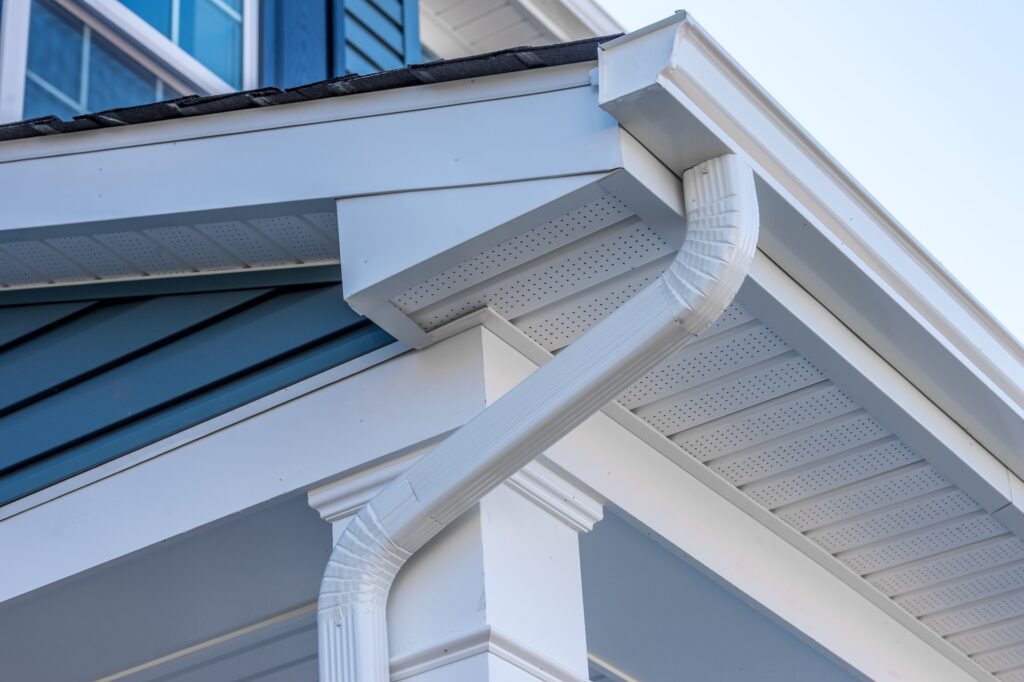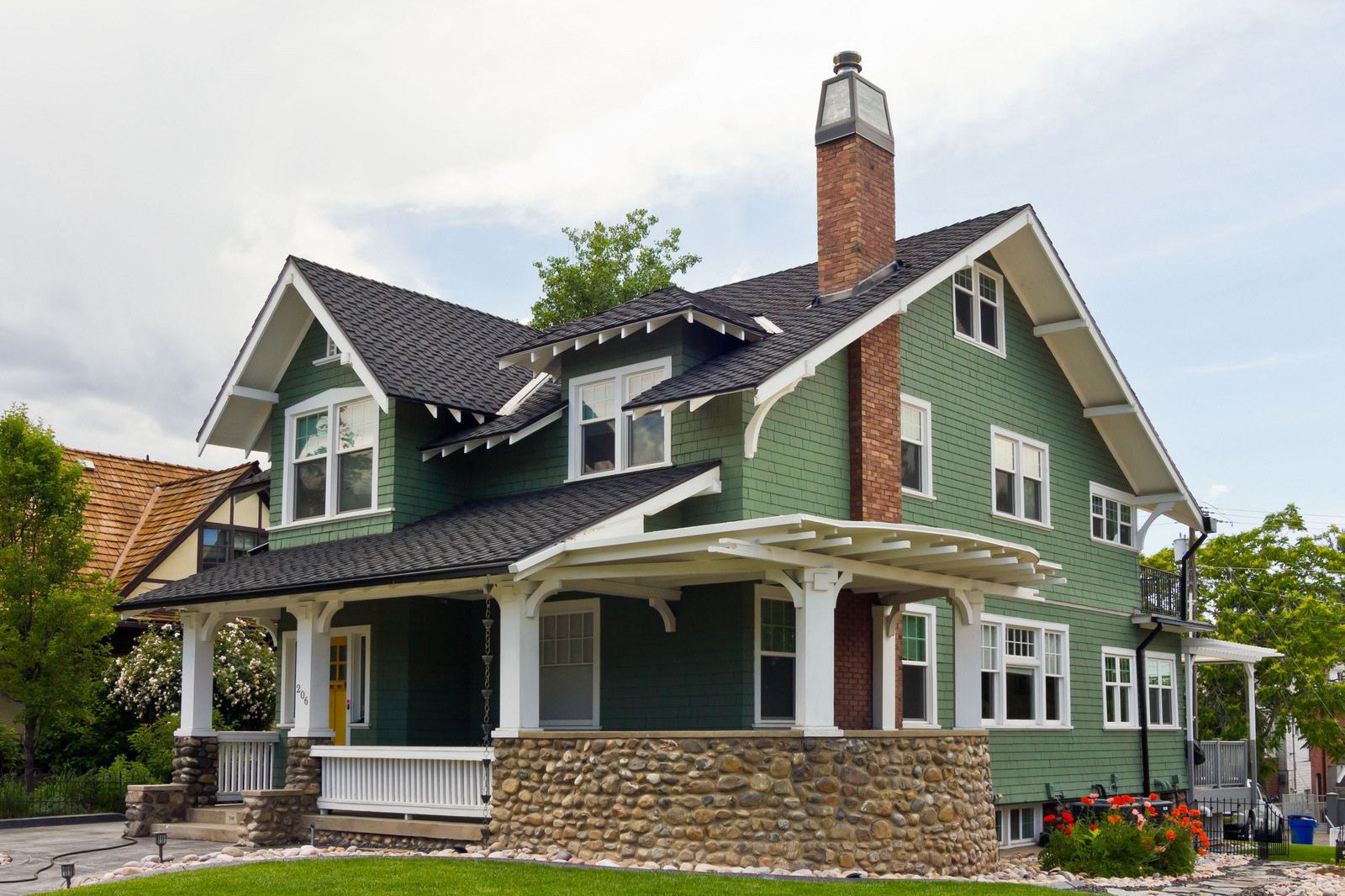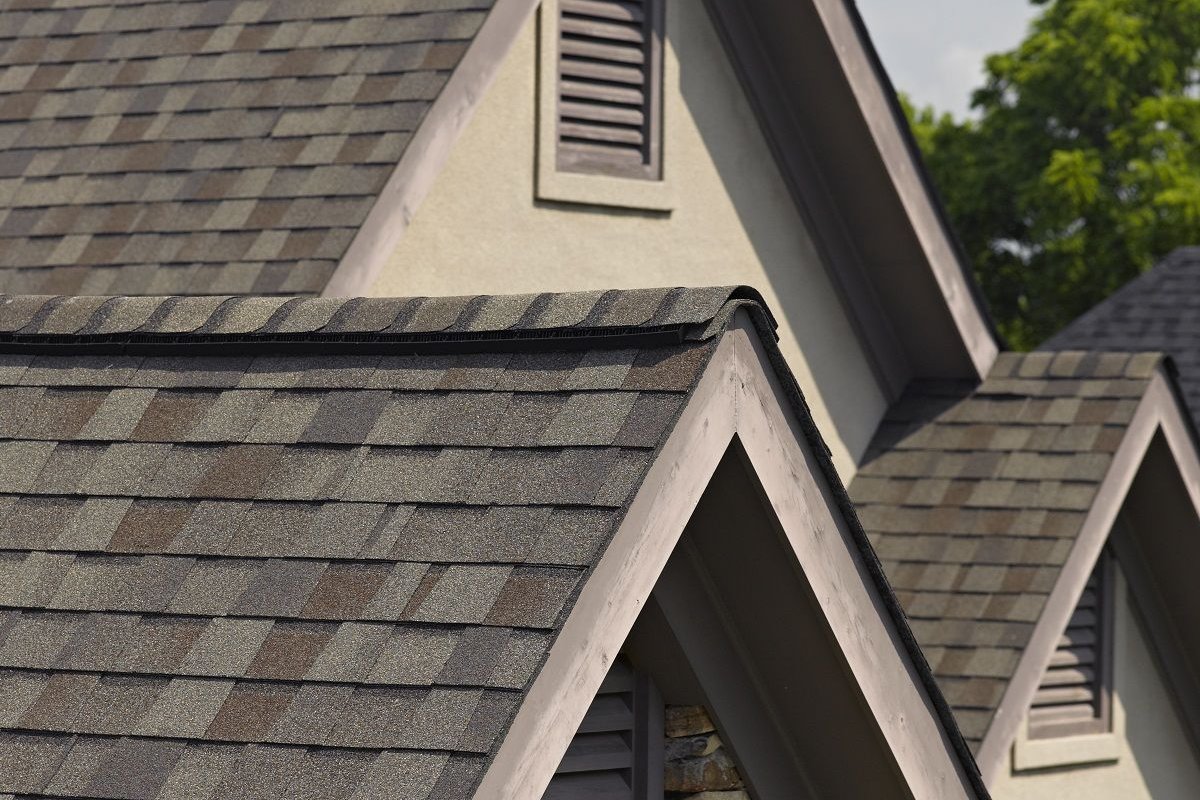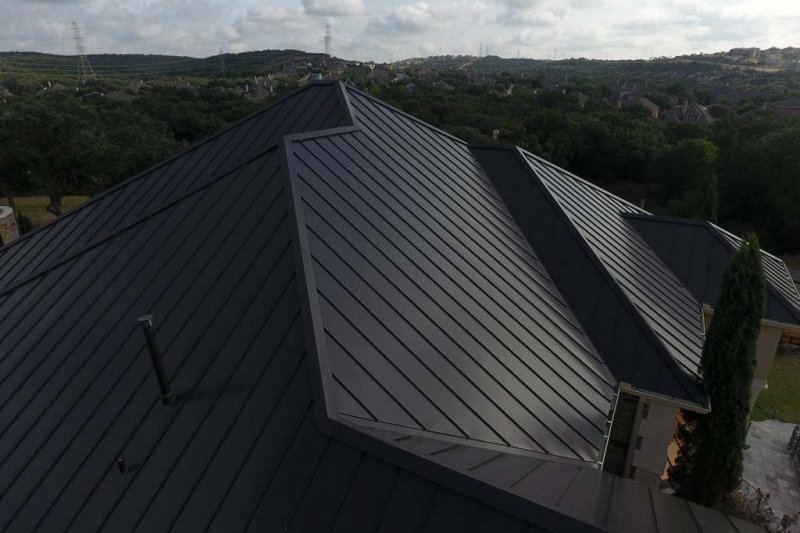Understanding Solar Shingles for Homes in Columbia City, Oregon
As homeowners increasingly look towards sustainable and energy-efficient solutions, the concept of integrated solar roofing, particularly solar shingles, is gaining traction. For residents in areas like Columbia City, Oregon, where weather patterns can influence energy needs and roofing choices, understanding this technology is key to making informed decisions about home improvement. Unlike traditional solar panels mounted on a roof, solar shingles are designed to be the roof, blending seamlessly with conventional roofing materials while simultaneously generating electricity. This innovative approach offers a unique combination of aesthetic appeal and renewable energy production, presenting a compelling option for those planning a roof replacement or building a new home.
What Exactly Are Solar Shingles?
Solar shingles, also known as solar roofing tiles or building-integrated photovoltaics (BIPV), are photovoltaic (PV) cells designed to look and function like standard roofing shingles or tiles. They are installed directly onto the roof deck, serving as the primary roof covering material, protecting the home from the elements just like asphalt shingles, tile, or slate. However, beneath their weather-resistant surface, these shingles contain sophisticated technology that converts sunlight into usable electricity for the home.
The concept isn't entirely new, but recent advancements in materials, manufacturing processes, and efficiency have made solar shingles a more viable and aesthetically pleasing option than earlier iterations. They are engineered to withstand the same environmental stresses as traditional roofing materials, including rain, snow, wind, and hail, ensuring durability and longevity comparable to high-quality conventional roofs.
Manufacturers like Tesla, GAF, and CertainTeed have developed various types of solar shingles, each with slightly different designs and installation methods, but all sharing the core principle of integrating solar energy generation directly into the roof structure itself. This integration is a major point of differentiation from traditional rack-mounted solar panels.
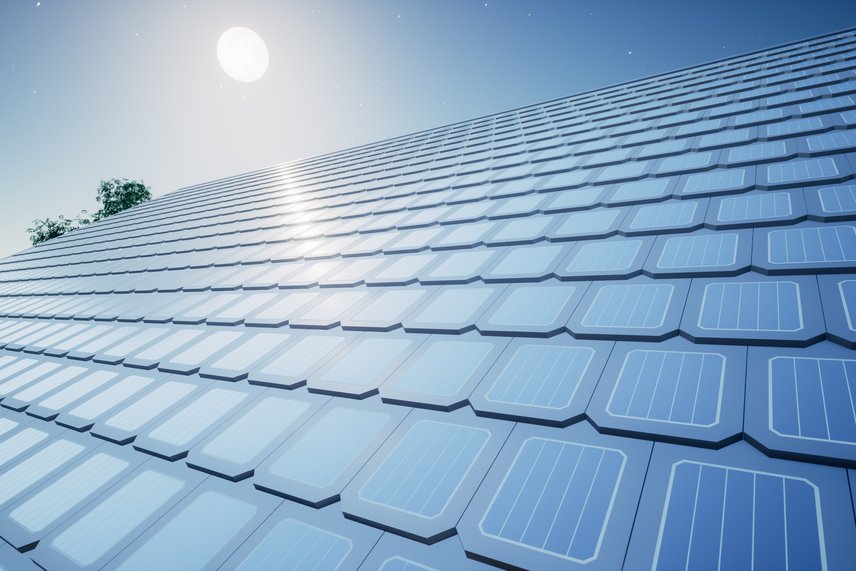
How Solar Shingles Work: The Science Behind the Power
The fundamental principle behind solar shingles is the photovoltaic effect, the same technology used in traditional solar panels. Each solar shingle contains semiconductor materials, most commonly crystalline silicon, which have the property of releasing electrons when struck by photons from sunlight.
Here's a simplified breakdown of the process:
- Sunlight Absorption: Photons from sunlight strike the surface of the solar shingle.
- Electron Excitation: The energy from the photons excites electrons within the semiconductor material, causing them to break free from their atoms.
- Creating an Electric Current: The design of the PV cell creates an electric field that forces these free electrons to move in a specific direction, creating a direct current (DC) of electricity.
- Conversion to Usable Power: The DC electricity generated by the array of solar shingles is then sent to an inverter, typically located near the main electrical panel. The inverter converts the DC electricity into alternating current (AC) electricity, which is the standard form used by household appliances and the electrical grid.
- Powering Your Home: The AC electricity can then be used to power your home's lights, appliances, and electronics.
- Grid Connection/Storage: If the solar shingles generate more electricity than the home needs at that moment, the excess power can be sent back to the utility grid (often resulting in credits on your electricity bill through net metering policies) or stored in a home battery system for later use.
The electrical connections between individual solar shingles are made during the installation process, linking them together to form a complete solar array across the roof surface. This network is then connected to the inverter and the home's electrical system.
Benefits of Choosing Solar Shingles
Solar shingles offer several compelling advantages that make them an attractive option for many homeowners, particularly when planning a roof replacement.
Aesthetic Appeal
One of the most significant benefits of solar shingles is their appearance. Traditional solar panels sit on top of the existing roof structure, which some homeowners find bulky or visually disruptive. Solar shingles, conversely, lie flat and are designed to mimic the look and feel of conventional roofing materials. This seamless integration allows homeowners to generate clean energy without compromising their home's architectural style or curb appeal. For those prioritizing aesthetics, solar shingles offer an understated elegance that traditional panels often cannot match.
Energy Independence and Cost Savings
Generating your own electricity reduces your reliance on the utility grid, which can lead to significant savings on electricity bills over the lifespan of the system. Depending on the size of the system, your energy consumption, local electricity rates, and sun exposure, solar shingles can potentially offset a large portion, if not all, of your home's electricity needs. Over 20-30 years, these savings can amount to tens of thousands of dollars.
Increased Property Value
Homes equipped with solar energy systems, including solar shingles, are often more attractive to potential buyers. Studies have shown that homes with owned solar systems tend to sell faster and at a higher price than comparable homes without solar. While the exact increase varies based on location, system size, and market conditions, the added value can help recoup a significant portion of the initial investment. The integrated nature of solar shingles may offer an even greater boost to perceived value due to their aesthetic appeal.
Environmental Benefits
Generating electricity from solar energy is a clean, renewable process that produces no greenhouse gas emissions. By choosing solar shingles, homeowners can significantly reduce their carbon footprint and contribute to a more sustainable future. This aligns with growing environmental consciousness and can be a source of pride for homeowners.
Long-Term Durability
Modern solar shingles are built to be durable and weather-resistant, often meeting or exceeding the standards for traditional roofing materials. They are designed to withstand wind, rain, snow, and hail. Many manufacturers offer warranties comparable to high-quality asphalt shingles, often ranging from 25 to 30 years for both the roofing function and the power output.
Potential Incentives
Depending on your location and government policies, various financial incentives may be available for installing solar energy systems. These can include federal tax credits (like the Investment Tax Credit - ITC), state tax credits, local rebates, and net metering programs. These incentives can significantly reduce the upfront cost of solar shingles, making the investment more financially feasible. Researching current incentives in Columbia City, Oregon and at the state level is a crucial step in planning your project budget.
Planning a future roofing project or considering solar options? Get a preliminary idea of the costs involved quickly and easily.
Get your free instant roof estimate
Drawbacks and Considerations of Solar Shingles
While the benefits are numerous, solar shingles also come with certain drawbacks and considerations that homeowners should be aware of.
Higher Upfront Cost
The most significant barrier for many homeowners is the initial cost. Solar shingles are generally more expensive per square foot than traditional roofing materials like asphalt shingles, and also typically have a higher upfront cost than installing traditional solar panels on an existing roof. This higher cost covers the integrated technology and often more complex installation. While incentives can help, the initial investment is substantial.
Efficiency
Historically, solar shingles were less efficient at converting sunlight into electricity compared to traditional solar panels, which could often be tilted and angled optimally. While the gap is closing with newer technologies, the efficiency per square foot might still be slightly lower for some solar shingle products compared to high-efficiency traditional panels. This means you might need more roof area covered with solar shingles to generate the same amount of power as a smaller area of traditional panels.
Installation Complexity
Installing solar shingles is a more complex process than installing either a standard roof or traditional solar panels separately. It requires roofers with specialized training in both roofing techniques and electrical work. The installation involves making numerous electrical connections between individual shingles as they are installed, integrating the system with the home's electrical wiring, and connecting to the inverter and grid. This complexity can lead to higher labor costs and requires finding highly qualified contractors.
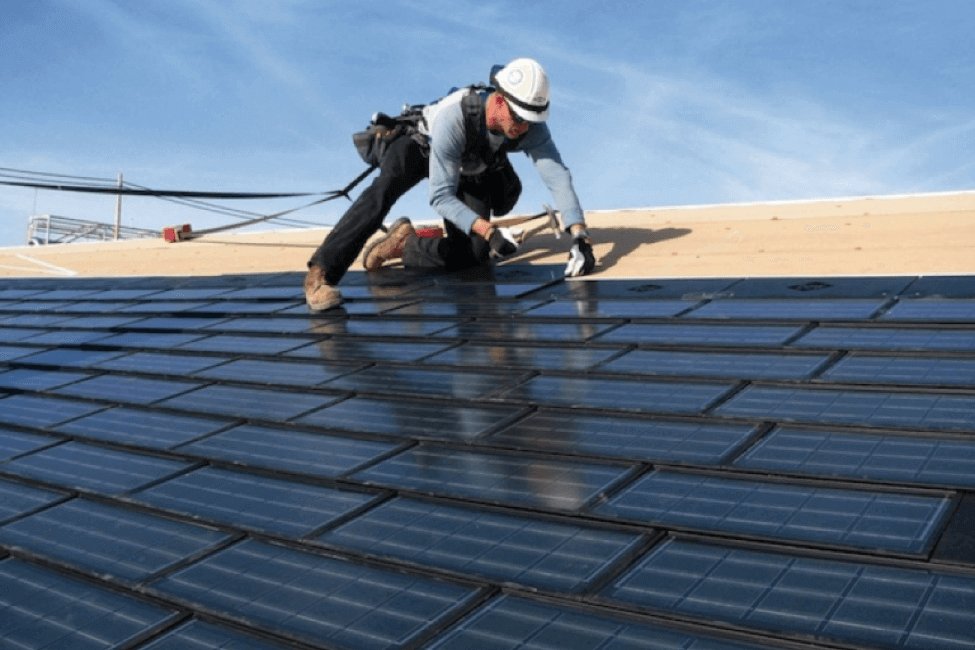
Repair and Maintenance
If a single solar shingle is damaged (e.g., cracked by a falling branch) or malfunctions, replacing it can be more complicated than replacing a standard shingle or a single traditional solar panel. The electrical connections need to be safely disconnected and reconnected, which requires specialized expertise. This can potentially lead to higher repair costs and longer service times compared to traditional roofing issues. However, the overall system is designed for durability, and widespread failures are uncommon.
Roof Condition Requirement
Solar shingles are typically installed as part of a complete roof replacement. They cannot simply be added to an existing roof like traditional panels often can be. This means if your current roof is relatively new and in good condition, you would need to wait until it's nearing the end of its lifespan or be willing to replace a functional roof prematurely to install solar shingles.
Limited Design Options
While the aesthetics are a benefit compared to traditional panels, the design options for solar shingles are currently more limited than the vast array of styles and colors available for traditional roofing materials. Homeowners seeking a very specific look might find their choices restricted, though manufacturers are continually expanding their product lines.
Solar Shingles vs. Traditional Solar Panels: A Comparison
Choosing between solar shingles and traditional solar panels is a major decision. Both convert sunlight into electricity, but they do so in fundamentally different ways with distinct implications for cost, aesthetics, performance, and installation.
Here's a comparison of key factors:
| Feature | Solar Shingles (BIPV) | Traditional Solar Panels (Rack-Mounted) |
|---|---|---|
| Appearance | Integrated into the roof, looks like roofing material. | Mounted on racks above the existing roof surface. |
| Installation | Installed as the roof during replacement. Requires combined roofing and electrical expertise. | Installed on an existing roof. Requires solar installers (often separate from roofers). |
| Cost (Upfront) | Generally higher, as it includes the cost of a new roof plus the solar technology. | Generally lower, as it's an addition to an existing roof structure. |
| Efficiency | Historically slightly lower, but improving rapidly. Can be affected by roof angle/orientation. | Typically higher, as panels can often be tilted for optimal sun exposure. |
| Durability | Designed to meet roofing standards (wind, hail, fire). Warranty often covers both roofing and power output. | Durable, designed to withstand weather. Warranty typically covers panel performance. |
| Roof Condition | Requires a complete roof replacement; best for roofs nearing end-of-life or new construction. | Can be installed on most structurally sound existing roofs. |
| Repair/Replacement | More complex to replace individual units due to integrated electrical connections. | Easier to replace individual panels if damaged. |
| Aesthetics | Seamless, integrated look. | Visible addition to the roof. |
| Flexibility | Less flexible; tied to the roof replacement cycle. | More flexible; can be added to a healthy existing roof. |
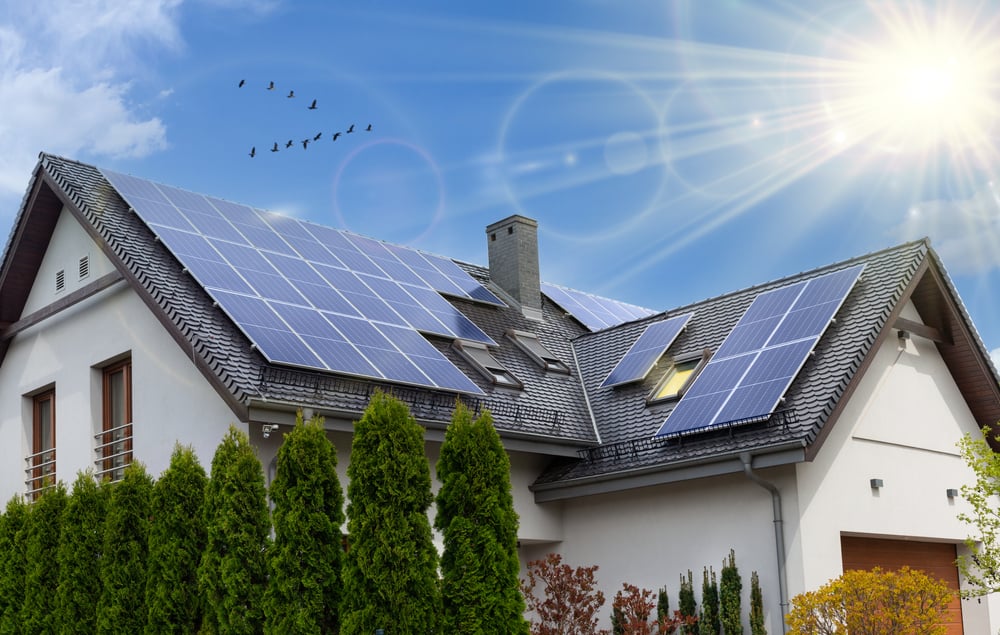
The choice between the two often comes down to priorities. If aesthetics and integrating the solar system seamlessly into a new roof are the primary concerns and budget allows, solar shingles are a strong contender. If maximizing energy production per square foot or adding solar to a relatively new roof is the priority, traditional panels might be more suitable.
Installation Process Overview
The installation of solar shingles is a specialized process that differs significantly from a standard roof replacement or traditional solar panel installation. It requires professionals skilled in both roofing and solar electrical work.
The general steps include:
- Roof Preparation: The old roofing material is removed down to the roof deck. Any necessary repairs or upgrades to the roof deck are completed.
- Underlayment: A waterproof underlayment is installed over the entire roof deck, just as with a standard roof.
- Flashing and Vents: Flashing is installed around chimneys, vents, and other roof penetrations.
- Solar Shingle Installation: The solar shingles are installed section by section, starting from the eaves and working upwards, similar to traditional shingles. As each shingle or row is laid, electrical connections are made between them. Non-solar shingles or standard roofing material may be used on parts of the roof that don't receive adequate sunlight or for aesthetic reasons.
- Electrical Wiring: The wiring from the solar shingles is routed through the attic to the location of the inverter and electrical panel.
- Inverter and Electrical Panel Work: The inverter is installed, converting the DC power from the shingles to AC power. Connections are made to the home's main electrical panel and potentially to a battery storage system and the utility grid meter.
- Inspection and Commissioning: The entire system undergoes inspections (electrical and building code) and is then commissioned, connecting it to the grid and verifying it is producing power correctly.
This process highlights why it's critical to hire experienced and qualified professionals specifically trained in solar roofing installations. The electrical work involved is complex and must be done safely and correctly according to local building codes and electrical standards.
For urgent roofing issues like active leaks or storm damage, or if you need immediate professional assessment for a solar shingle installation or repair project, don't delay.
Book a roofing appointment
Maintenance and Longevity
Solar shingles, like any roofing material, require some level of maintenance to ensure optimal performance and longevity. However, the maintenance requirements are generally low.
- Cleaning: While rain helps wash away debris, occasional cleaning may be needed if pollen, dust, or other buildup significantly affects performance. This should be done carefully to avoid damaging the shingles.
- Inspections: Periodic inspections are recommended to check for any damage, such as cracked or loose shingles, or issues with electrical connections.
- Monitoring: Most solar systems come with monitoring capabilities, allowing you to track energy production and identify potential performance issues early.
The lifespan of solar shingles is designed to be comparable to high-quality traditional roofing, often warrantied for 25-30 years for both durability and power output. The inverter, a key component, typically has a shorter lifespan (10-15 years) and will likely need to be replaced during the system's lifetime.
Factors Influencing Solar Shingle Cost
The cost of installing solar shingles is influenced by several factors, making it difficult to provide a one-size-fits-all price. These factors include:
- Roof Size and Complexity: Larger roofs require more materials and labor. Complex roof designs with multiple angles, dormers, or penetrations increase installation difficulty and cost.
- System Size (kW): The total wattage capacity of the solar array needed to meet your energy needs directly impacts the number of solar shingles required and thus the cost.
- Type of Solar Shingle: Different manufacturers offer varying technologies and designs, leading to different price points.
- Geographic Location: Local labor rates, permitting costs, and specific building code requirements can vary significantly.
- Home's Electrical System: Upgrades to your home's electrical panel or wiring may be necessary to accommodate the solar system, adding to the cost.
- Incentives and Rebates: Available federal, state, and local incentives can significantly reduce the net cost.
- Battery Storage: Deciding to include a home battery system for energy storage will add considerable cost.
While the initial investment is higher than a standard roof replacement or traditional solar panel installation, it's important to consider the long-term value proposition, including energy savings, increased home value, and potential incentives.
For non-urgent needs like budgeting for a future solar roof project, comparing options, or general cost evaluation, get a quick, free estimate.
See your instant roof estimate
Getting Started with Solar Roofing in Columbia City
Considering solar shingles for your home in Columbia City, Oregon, is a significant step. It involves evaluating your energy needs, assessing your roof's condition and lifespan, understanding the available technology, and determining the financial feasibility.
The process typically begins with research and gathering information. Understanding the basics of solar energy and the specifics of solar shingle technology is crucial. Next, you'll need to evaluate your roof. Solar shingles are best suited for roofs that are nearing the end of their life or for new construction, as they are a full roof replacement.
Assessing potential energy production involves considering factors like your roof's size, orientation (south-facing is ideal), pitch, and any shading from trees or nearby structures. Your current and projected future energy consumption will help determine the appropriate system size.
Once you have a general understanding of your needs and the technology, the next step is to explore costs and financing options, including available incentives.
Finding experienced professionals is perhaps the most critical step. Installing solar shingles requires contractors with expertise in both roofing and solar electrical systems. You need to ensure they are licensed, insured, and have a proven track record with this specific type of installation.
If you're ready to explore professional options for a solar shingle installation or need an expert assessment of your roof's suitability, you can connect directly with qualified local roofers.
Schedule your roofing appointment
Frequently Asked Questions About Solar Shingles
Here are answers to some common questions about solar shingles:
Q: How long do solar shingles last?
A: Most solar shingles are designed and warranted to last 25-30 years, similar to high-quality traditional roofing materials. The power output is typically warranted for the same period.Q: Can solar shingles power my whole house?
A: Yes, depending on the size of your roof, the system's capacity, your energy consumption, and local sunlight conditions, a solar shingle system can potentially generate enough electricity to power your entire home. System sizing is tailored to your specific needs.Q: Are solar shingles waterproof?
A: Yes, solar shingles function as the primary roof covering and are designed to be fully waterproof, protecting your home from rain, snow, and other elements just like conventional roofing materials.Q: What happens if one solar shingle breaks?
A: If a single solar shingle is damaged, the entire system doesn't typically shut down. Modern systems use optimization technology that allows other shingles to continue producing power. However, the damaged shingle will need to be replaced by a qualified professional, which can be more complex than replacing a standard shingle due to the electrical connections.Q: Do solar shingles work on cloudy days?
A: Yes, solar shingles can still generate electricity on cloudy days, but their output will be significantly reduced compared to sunny conditions. They produce power based on the amount of sunlight (photons) reaching them.Q: How do solar shingles handle snow?
A: Snow accumulation on the roof will prevent solar shingles from generating power until the snow melts or is removed. Some systems can be equipped with features to help shed snow.Q: Are solar shingles fire resistant?
A: Reputable solar shingle products are designed to meet fire safety standards for roofing materials, often achieving Class A fire ratings.
Powering Your Future with Integrated Roofing
Embracing solar shingles represents a forward-thinking approach to homeownership, combining essential roof protection with advanced renewable energy generation. While the initial investment is higher and the installation more specialized than traditional options, the long-term benefits of reduced energy bills, increased property value, environmental sustainability, and a seamlessly integrated aesthetic are compelling. For homeowners in places like Columbia City, Oregon, considering a roof replacement, solar shingles offer a unique opportunity to invest in both their home's structure and its energy future, contributing to a more sustainable and energy-independent lifestyle.
